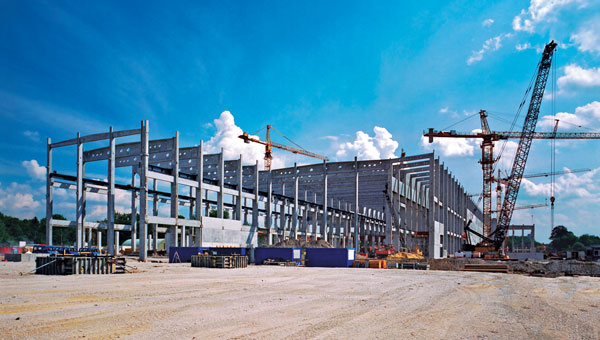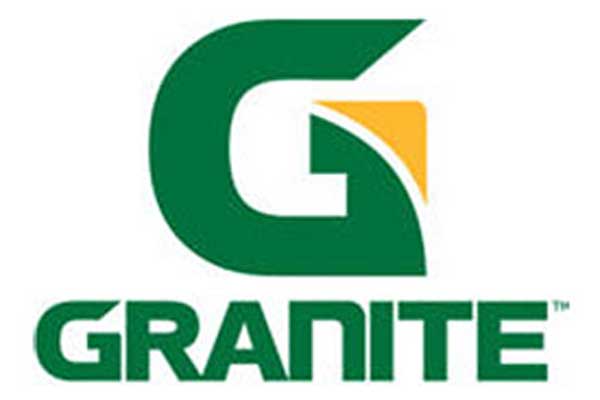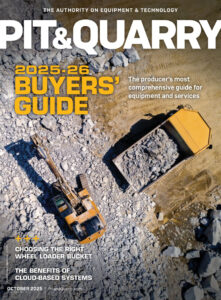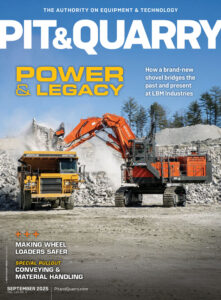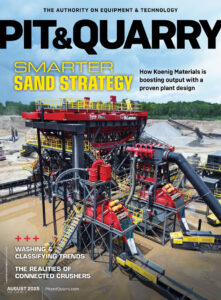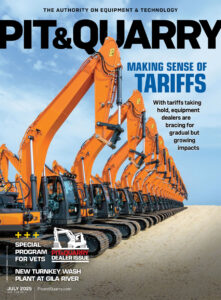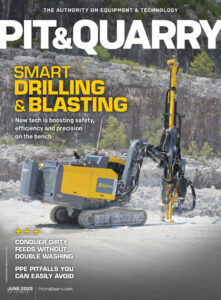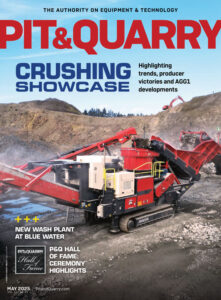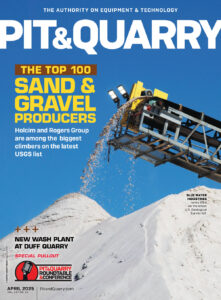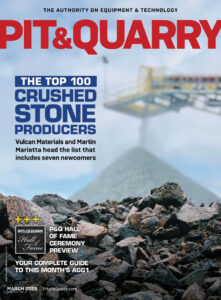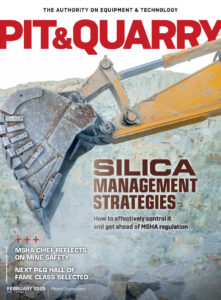
Supply chain was the industry topic back in 2021 as equipment manufacturers navigated the COVID pandemic.
Inflation and high interest rates followed as major headwinds in 2022 and 2023. Their impacts were certainly felt industrywide in 2024, as well.
So, what’s the major industry storyline going to be this year? Based on how things are going, it’d be astounding if, eight months from now, we didn’t look back on 2025 as the year of the tariff.
Unfortunately, the dust is far from settling on this issue. It’s hard to keep up with tariff developments, too, as policy seems to change by the day.
I could offer a summary of where the U.S. is on tariffs as this article is published, but whatever I spill out here is likely to be null and void in the next day or two anyway.
What manufacturers are saying
The back and forth on tariffs has been frustrating for the industry’s equipment manufacturers, to say the least. Several shared as much at March’s AGG1 Aggregates Academy & Expo in St. Louis – including Philippi-Hagenbuch’s Josh Swank, who describes industry stakeholders as optimistic yet frustrated because of the business environment.
Tariffs are, of course, part of the frustration.
“It’s a big frustration,” says Swank, who offers additional commentary on tariffs and other topics of interest in this P&Q-exclusive video. “We have clients outside the United States, and they’re asking me what the equipment’s going to cost. Well, I can give them that price, but I have no idea what taxes are going to be levied on them. As a manufacturer, there’s just so much unknown from a taxation standpoint.”
Swank has an idea of what’s ahead. But no one can say for sure.
“[Among the] things I look at are the costs of our raw materials,” he says. “Steel so far has not increased greatly – it’s increased a little bit, [but] not nearly as much as the 2018 to 2020 timeframe. I do anticipate steel increasing in price. That will drive inflation, which creates additional requirements from a payroll standpoint, which then increases all expenses for everyone.”
One goal President Trump has in imposing tariffs is to reshore manufacturing. The president’s approach succeeded in at least one instance involving an industry manufacturer, as UK-based JCB now plans to double the size of the new factory it’s building in Texas as a means to work around the effects of tariffs.
“In the short term, the imposition of tariffs will have a significant impact on our business,” says Graeme Macdonald, CEO of JCB, in a written statement April 4. “However, in the medium term, our planned factory in San Antonio will help to mitigate the impact.”
How other equipment manufacturers respond to evolving tariff policies bears watching through the rest of 2025.
Related: Navigating 2025’s economic headwinds

